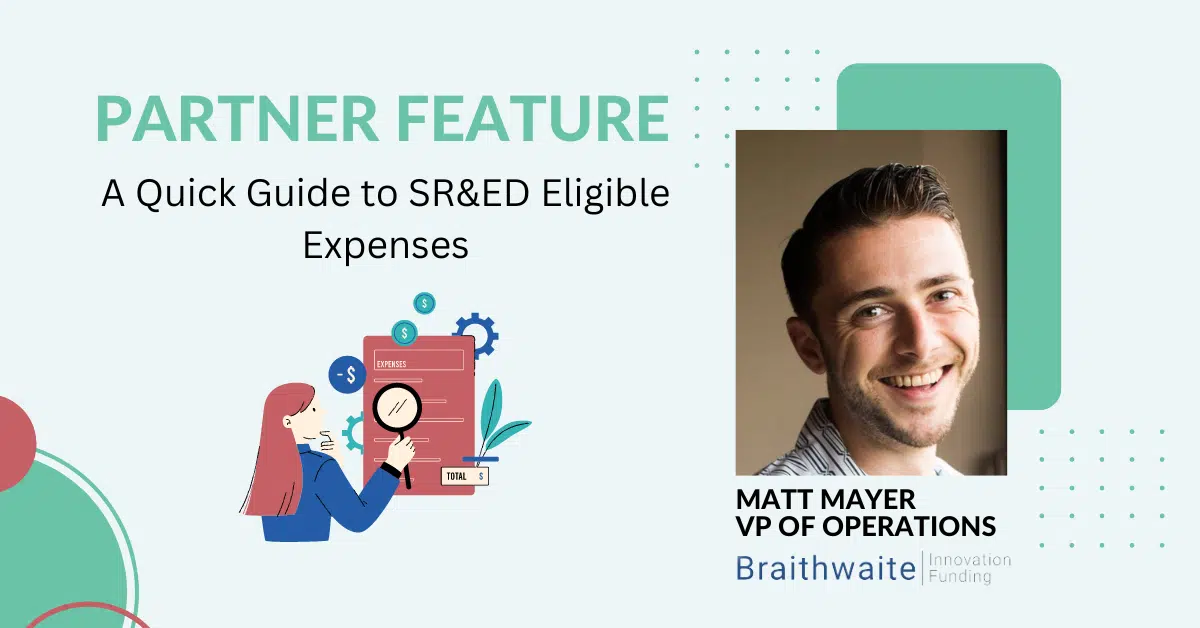Reading time: 8 minutes
“If you cannot measure it, you cannot improve it.” This famous quote from Lord Kelvin particularly resonates with running a SaaS business. The industry is projected to grow to $623.3 billion by 2023. Running a successful SaaS business is all about understanding different metrics such as churn rate, Customer Acquisition Cost, Monthly Recurring Revenue, and more. Using these indexes, you can track the performance of your business. They offer a clear factual insight into your business’ growth rate, effectively helping you figure out what you’re doing well, what you need to improve, and what you should keep an eye on.
These are five of the most important SaaS metrics when it comes to the investability of your company, its growth trends, and what its future looks like.
1. Churn and renewal rate
Churn rate refers to the rate of cancellation of subscriptions by existing customers. It is calculated as a percentage of your existing number of subscriptions. Now, why would a customer turn away from your service?
It may be because your business model is expensive compared to your competitors. It could be due to specific issues in the onboarding process. Your product may have bugs, or it may fail to deliver on its commitment. Your customer support might also be falling behind when it comes to helping your customers use your service properly.
This is just a brief overview of why customers churn. If you have a high churn rate, you should be doing a thorough introspection of why it is so. There are various steps that you can take to improve customer retention. Some of these steps are straightforward, such as fixing the bugs and simplifying the onboarding process. Other steps would require a more elaborate insight in finding out why your product is losing in the competition. Having a zero churn rate is ideal, but it is practically impossible. A churn rate of 3 to 5% is considered healthy for enterprise SaaS companies that target smaller businesses. The bigger the businesses you work with are, the lower your churn rate must be as your target market is smaller.
While you are looking at your churn, you should also check your renewal rate. You just need to divide the number of customers who renewed their subscription at the end of a specific period by the number of all customers who were up for renewal.
Comparing the churn rate and the renewal rate side by side has the following advantages.
- It is a key parameter of revenue forecasting. By taking into account the monthly indices, you can estimate how much your business will grow in a given year.
- It indicates the potential of your business model. Analysis of churn rate helps to identify key areas of improvement. It tells you whether or not your freemiums are working. It also indicates if the pricing structure is competitive. It can help you develop a clear understanding of how customers perceive the value of your business.
- It shows business performance history. Over time, the comparison presents the most accurate indication of your performance. By tallying the churn rate and renewal rate along with the changes in your business strategy over time, you can identify what has worked and what has not.
Essentially, rectifying the same factors that cause a higher churn rate can eventually lead to a higher renewal rate. To put it into practice, you need to investigate the reasons behind your customers’ churning.
2. Customer Acquisition Cost
The Customer Acquisition Cost (or CAC) refers to the cost implied in acquiring a new customer. To get this value, first, you need to decide the total cost (marketing and sales) incurred during a given period. This value is then divided by the total number of customers acquired during this period. This index is closely tied with the LTV or Lifetime Value of the customer.
To get the LTV, you need to get two other values. These are the Customer Lifetime Rate or CLR and the Average Revenue Per Account or the ARPA. The CLR is calculated by this formula: 1/ Average churn rate. Therefore, if the average churn rate is 1%, the CLR value would be 100.
Next, to get the ARPA, you need to divide monthly revenue by the number of customers. For instance, if the monthly recurring revenue is $50,000, and 100 customers, the ARPA would be $500. Finally, one has to multiply the ARPA with the CLR to get the LTV. In the above example, the LTV would be $500 x 100 = $50,000. The CLV/LTV is a crucial metric to project the value of the SaaS to investors.
Comparing the Customer Acquisition Cost with the Life Time Value provides a clear indication of the feasibility of the business model. If you want to find out how long it should take to cover the CAC, you would need two more factors. These are the Monthly Gross Margin (MGM) and the Monthly Recurring Revenue or the MRR. The formula that you should use is CAC/ MRR X MGM.
Using the customer acquisition cost and the lifetime value ratio should be crucial in furnishing a definite direction for your business. Ideally, the lifetime value ratio must exceed the CAC by at least a factor of three. If the ratio is less than that, it means the business needs to trim expenses. On the other hand, if the ratio is more, it implies that you can spend more and increase your business.
3. Committed Monthly Recurring Revenue (CMRR)
Committed Monthly Recurring Revenue or the CMRR simply refers to the revenue earned from committed customers. Committed customers are typically those who do not want to (or cannot) churn out of your service within the fixed period of a subscription plan. They are also more likely to renew the subscription when the subscription period is over.
The formula for calculating MRR is rather straightforward. You will have to multiply the ARPA (Average Revenue Per Account) with the total value of customers in the given month. CMRR is not so simple.
CMRR presents a deeper analysis of your business performance than MRR can do. This is because CMRR also evaluates the anticipated revenue expansion as well as churn rate for the given duration. MRR does not factor in the expected cancellations, upgrades, or downgrades and presents only a gross overview of the revenue. And so while as a lender we typically only look at your MRR for financing, you should know your CMRR and what it means.
Since SaaS business models can differ dramatically, there are no fixed rules about what to include in the formula to calculate CMRR, but a great formula to start with is:
CMRR = MRR + Guaranteed Expansion MRR – Anticipated Churn MRR
Here are a few steps that you can take to increase your MRR.
- Stay away from underpricing: It is a sordid truth in the SaaS business model. A lot of businesses, and probably yours too may be charging much less than they are worth. While it is easy to understand the competitiveness inherent in this, you might be missing out on an important aspect of customer psychology. Most, if not all, customers know that cheap is not always good. In other words, people are ready to pay the right amount to get dependable service rather than pay less and take the risk of untrustworthy service. That said, if you decide to increase your price for current customers, you must think of how you will justify it to them and keep an eye on churn to make sure the value of your service is appreciated by your customers.
- Create a better product: This suggestion follows as a corollary to the one above. Invest in building a better product. It shows. There is no limit to creativity on the software front. Make the most use of it and create products that customers will be willing to use at any cost (literally, at any cost.)
- Longer subscription periods: Another vital aspect of increasing MRR is to reduce the MRR churn rate. It has been found that using longer subscription plans is a stable retention strategy. customers are more likely to cancel a one-month plan than a six-month plan. If you are using both types, just make sure that the longer plan has a slew of undeniable benefits to attract customers.
4. The Quick Ratio
The Quick Ratio metric clarifies how fast a company can grow, given its existing churn rate. It effectively measures the growth efficiency of the company.
To obtain the quick ratio, one needs to divide the new MRR by the lost MRR. The higher this value, the better-placed your company is on the growth curve.
Quick Ratio = (Expansion MRR + New MRR)/ (Contraction MRR + Churned MRR)
5. Cash Burn
The Cash Burn rate usually refers to the net amount spent by the SaaS startup in a given duration. It has two different aspects, the gross burn rate and the net burn rate. The total amount spent by the company is the gross burn rate. Subtracting this amount from the total earned revenue in the given duration gives the net burn rate. Net burn rate gives a measure of how long your business will be able to sustain before you need to raise a raising capital again. The runway is defined as the duration of time for which you can burn the money without earning it back. In other words, it’s how long you have before running out of cash.
Net Burn = (Starting Balance – Ending Balance) / # Months
Now you know how much you’re burning every month, next you need to find out how many months you have before running out of cash.
Runway = Sash Balance / Net Burn
These metrics help you assess where your business is at. You should try to have a CLV at least 3 times the CAC. The CAC should be recoverable within 12 months. You should be able to offset inevitable churn by generating at least 30% revenue from renewals. These metrics offer both granular and systemic insights into the performance of your startup. As for sudden changes, use the metrics to identify the immediate areas of improvement, but stay agile about the problems of making instinctive decisions.




